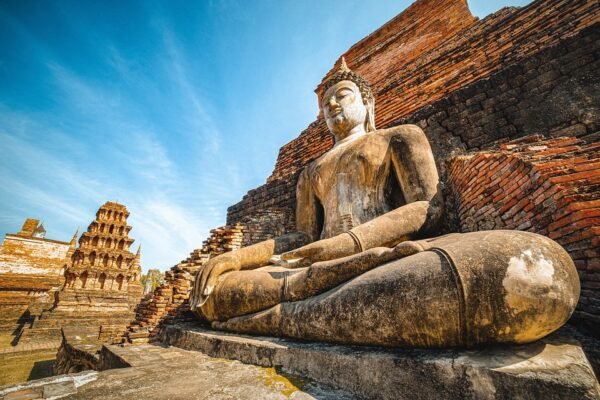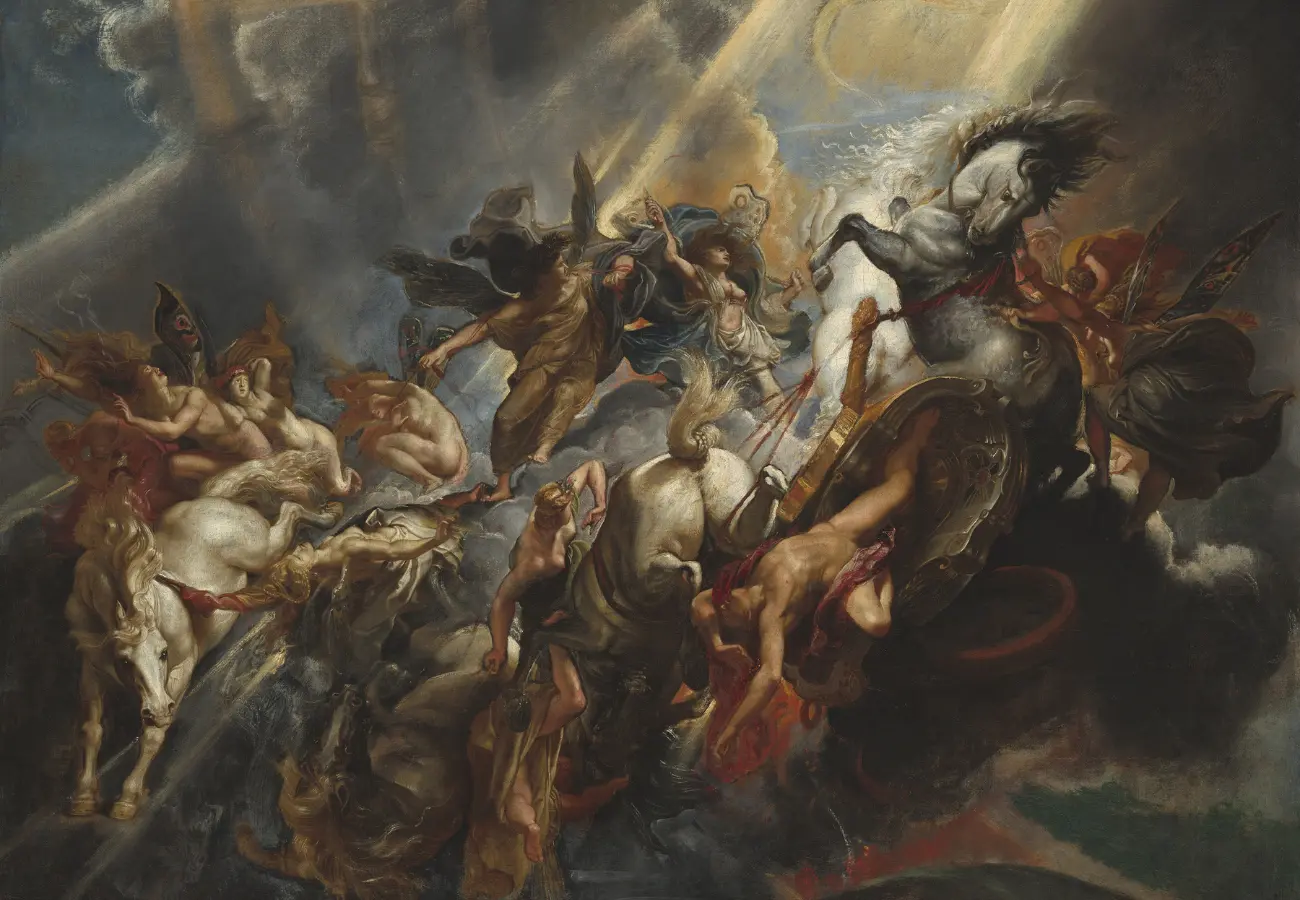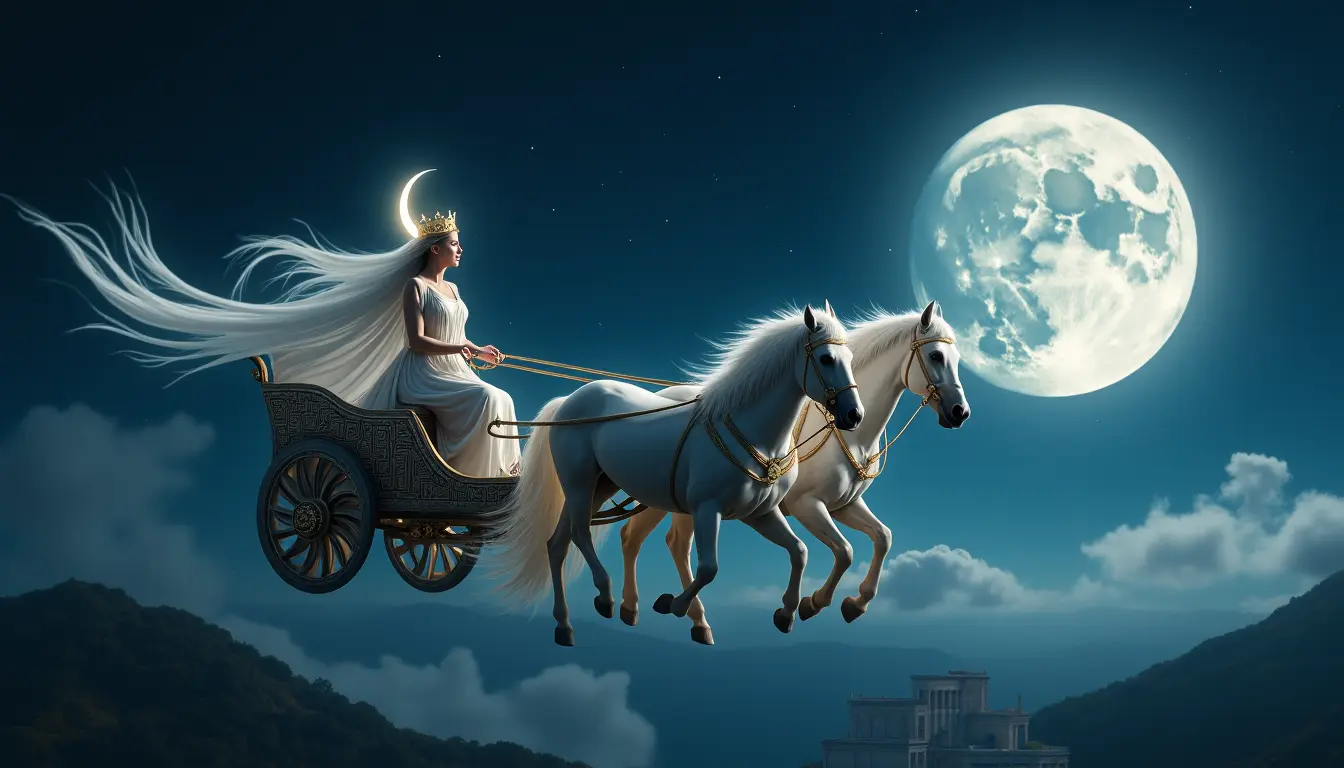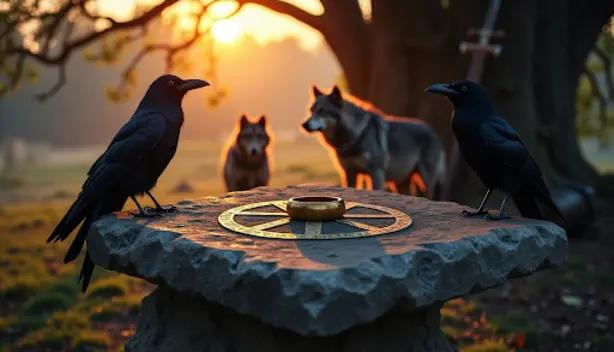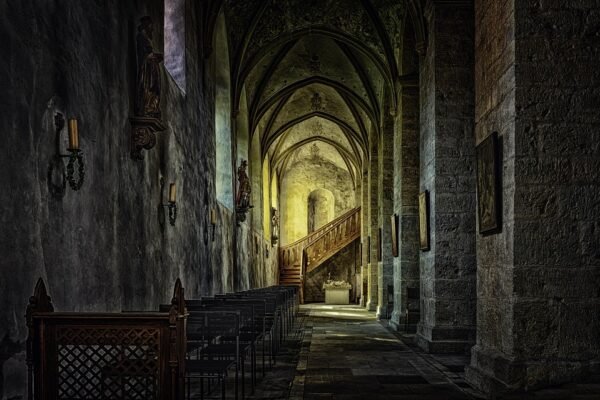
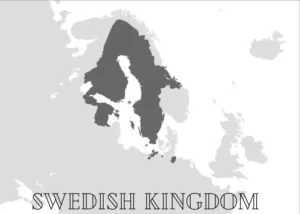
The Legacy of Beowulf’s Geats After Battling Monster Grendel – Retro Timeline
The Geats were a formidable tribe of Germanic origin, residing in southern Sweden during the early 6th century. Although they may not be widely recognized today, the Geats played a significant role in the epic poem Beowulf, where they were depicted as mighty warriors and honorable individuals with a proud tradition of heroism and loyalty. According to legend, the Geats were descendants of the god Rig, similar to the Babylonian god Marduk.
The Geats described in Beowulf were known for their bravery, skill in navigation, and commitment to upholding their values. However, beyond the realm of myth and legend, what do we truly know about the historical Geats? What were their lives like, and what became of them after the events depicted in the epic poem?
The early 6th century marked a period of significant change and turmoil in Scandinavia, as various Germanic tribes vied for power and resources amidst the aftermath of the fall of the Roman Empire. This era also witnessed the spread of Christianity, which influenced the social and religious landscape of the region. Beowulf captures this tumultuous time, portraying a world filled with heroes, monsters, and gods, where virtues such as courage, loyalty, and honor held great importance. The poem stands as a testament to the enduring impact of myth and legend on shaping cultural memory and remains a beloved piece of Anglo-Saxon literature.
While the Geats portrayed in Beowulf are figures of legend, they are rooted in the real people who inhabited southern Sweden over a millennium ago. Our knowledge of the historical Geats is limited, with much of our understanding derived from archaeological findings and sparse written records. Sources like the poem Widsith, dating back to the 10th century, mention the Geats and their ruler, King Hrethel, who is believed to be the grandfather of Beowulf.
Despite these glimpses into the past, many questions about the Geats remain unanswered. The disappearance of the Geats as a distinct people poses a mystery that has intrigued scholars for centuries. Some theories suggest that they were assimilated into the larger Swedish kingdom, while others propose that they were displaced by invading Danes or Norwegians. The Geats may have also faced challenges such as plagues, famines, or natural disasters that contributed to their eventual disappearance from historical records.
The fate of the Geats continues to spark speculation and intrigue, with various theories attempting to unravel the mystery of their disappearance. Whether they were absorbed into other populations, displaced by rival tribes, or succumbed to environmental catastrophes, the legacy of the Geats endures through the enduring tale of Beowulf and other literary works that continue to captivate audiences worldwide.
In conclusion, the Geats of Beowulf’s time were more than just characters in an epic poem – they were real people who left a lasting impact on the cultural and historical landscape of Scandinavia. While many aspects of their lives remain shrouded in mystery, their legacy lives on through the enduring legacy of Beowulf and the tales of heroism, loyalty, and honor that continue to inspire audiences to this day.


